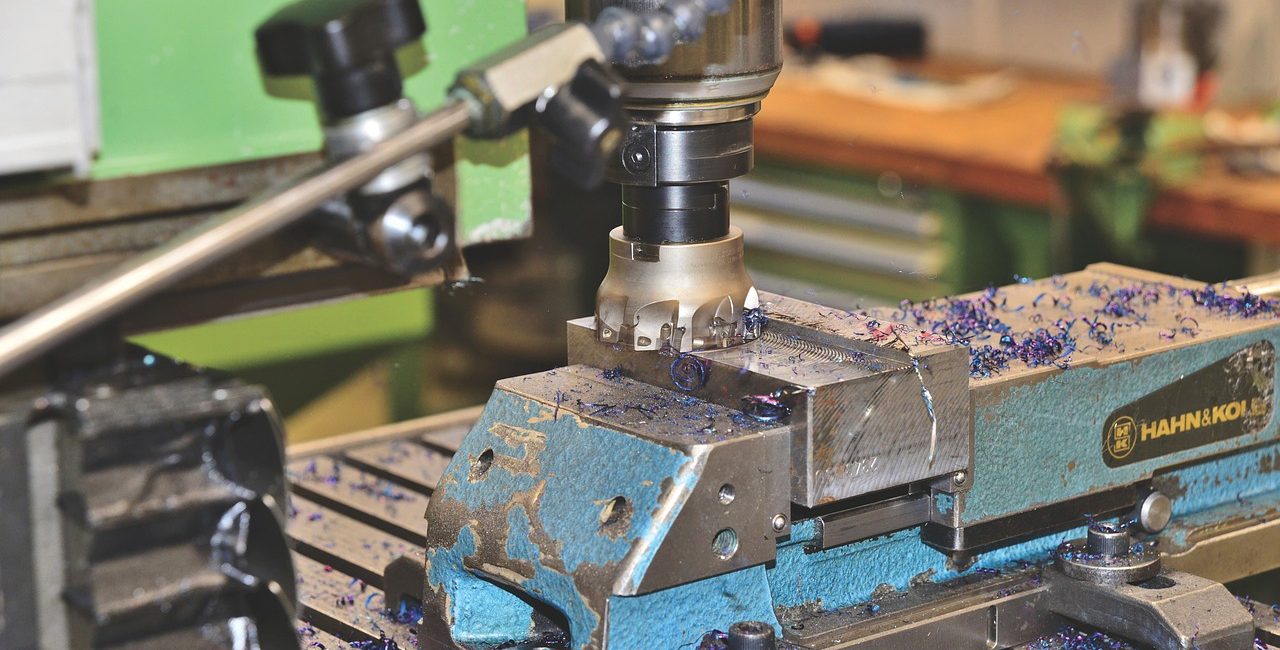
“Manufacturing” is an incredibly broad term – anytime you’re converting raw materials into a product at scale for market, you’re manufacturing. The consequence of this is that materials of all kinds are used in manufacturing, from diamonds to sawdust.
Here, we’ll analyze some of the most commonly used materials in general manufacturing. From there, we’ll dive into some of the materials that are used specifically in materials converting processes, a specific type of manufacturing.. After that, we’ll evaluate some of the things you should consider when choosing materials for a part or product.
Materials used in manufacturing
Polymers
A polymer is a type of large molecule made up of small, repeating subunits. Polymers can be natural (like rubber), synthetic (like polycarbonate), or semi-synthetic. The incredible diversity of polymers means that they are used to manufacture products in every industry.
Polymers have a number of advantages. They’re lightweight, easy to source, easy to work with, chemical-resistant, and less prone to wear through friction than other components. They are, however, less environmentally friendly than many other materials, and less heat-resistant. They can also be more prone to wear and tear from impact, abrasion, and other forces.
There are a wide variety of polymers in our work. Our membrane switches always contain polymers of various kinds. They’re highly valued in our work because we can imbue them with various properties – for example, we can create antimicrobial polymers. They’re also used in overlays, and various material conversion projects.
Textiles
Textiles, sometimes called fabrics, are a broad term for various fiber-based materials, including felts, fleeces, and cloth. While many textiles are made from organic fibers, like wool, others are made using synthetic fibers, or a combination of synthetic and organic fibers.
These fabrics have many uses in manufacturing. Felts, for example, are frequently used as noise dampeners, and fleece is sometimes used in acoustic mesh dampeners. Plastic fibers are also woven into a variety of shapes.
We use textiles in much of our material converting work.
Composites
Composites may be the broadest category of all of the materials we’ve covered so far – anytime two or more different materials are combined in order to create a new material, it’s considered a composite. Paper, for example, is a composite that combines cellulose fibers (in the form of pulp) with water and other chemicals.
As the broadest and most varied category, it’s difficult to give the pros and cons of composites. Want to know more about a given composite? Talk to us.
Prefabricated parts
Manufacturers don’t build everything themselves – it’s often more cost-effective to source certain small parts from other manufacturers. LED lights are a perfect example of this – they’re almost always purchased from a manufacturer who specializes in making LEDs, then integrated into products.
At General Label, we use a wide variety of different LEDs in our membrane switches, including side-fired LEDs. We also use other lighting options, like electroluminescent lighting.
Materials used in materials converting
Material converters like us can work with all of the materials described above. We want to make a special note of two materials used frequently in the converting industry: Adhesives and inks.
Adhesives
Technically, almost all adhesives you’ll encounter, whether they’re organic or synthetic, are polymers. Any non-metallic substance applied to the surface of item(s) and designed to bind items together might be considered an adhesive.
This means tapes and glues are both adhesives. In the world of material converting, where materials are bonded together and cut in order to create parts, adhesives are invaluable. 3M, one of our main suppliers, specializes in adhesives of all kinds, from consumer to industrial grades.
Inks
Another mainstay of the converting industry is ink. It’s common for us to print visuals, be they textual or image-based, on the parts we create. Inks are typically made by combining materials together – as such, they can be considered composites for our purposes.
Aside from using ink to create visual effects, some types of ink are extremely good at conducting electricity. These conductive inks allow us to print circuit boards that can be used to create complex parts, like membrane switches. They’re invaluable in material converting.
Choosing the right materials for your project
Design, testing, and prototyping
We recommend using a new product introduction (NPI) process any time you’re creating a new part or product. With this process, your design, engineering, marketing, and manufacturing team (as well as any other key stakeholders) are involved from the start.
Using this process, you can eliminate the materials that won’t work for your project, test the materials that you believe will work, then develop a number of different prototypes.
Manufacturing to scale
As we’ve discussed, there are a variety of different materials that are more difficult to source. Other materials cost more to produce or work with. Balancing these material costs with their overall benefits is essential when choosing materials. Remember – even if a material costs relatively little on a prototype (perhaps a few cents more than another material), these costs balloon when you manufacture at scale.
Caring for the environment
Choosing environmentally conscious materials can provide a number of advantages: You can benefit from grants, advertise your conscientiousness to consumers, and, of course, help to care for the environment.












